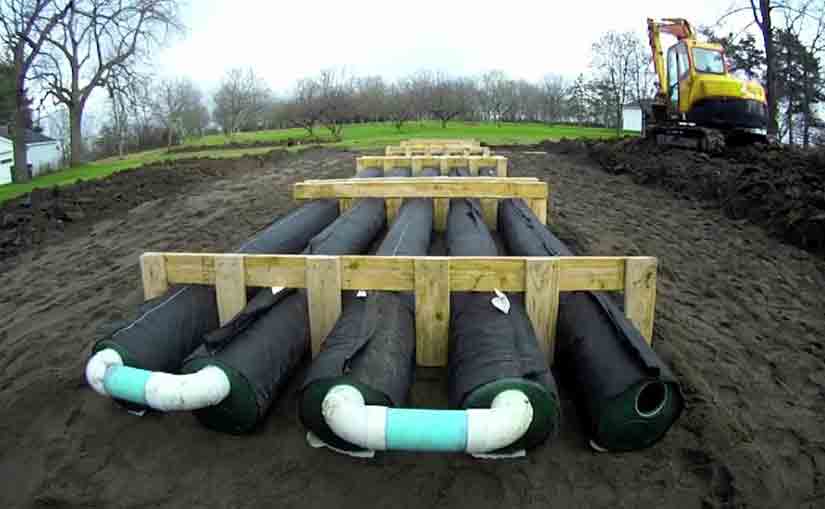Have you ever wondered how to landscape around raised mound systems? When homeowners are faced with the challenge of landscaping their yards, they often consider how the fixed elements of their yard would fit into the design. Some properties have conventional septic systems that are built underneath the ground. However, since not all properties have normal percolation rates or water tables, specialized septics such as the raised mound system need to be designed and installed. A raised mound system is one wherein the tank outflows to a dosing chamber or pump chamber to be pumped upward to the drain field, which sits at a higher elevation than the tank . These properties may have soil percolation rates that are too slow or water tables too high. Additional filters are installed in the raised mound system to make sure that the wastewater is thoroughly filtered. Before you think of landscaping around your raised mound, make sure that you take good care of your raised mound system.
You should always observe proper care for your raised mound system. When you care for your raised mound properly, you will have more reasons to make sure that the landscaping won’t hurt the system in any way. Raised mound systems are elevated and are known to be more sensitive. Homeowners tend to care for their raised mound systems more than those of more conventional systems because the system is much more sensitive to the elements. In landscaping around the raised mound, homeowners should seek the expertise of arborists and their landscape architect to make sure that the raised mound will not be harmed. Below are some points to remember on how to landscape around raised mound systems:
- Determine the root growth range of the trees or shrubs that you want for your yard. Doing this, will make sure that the trees and shrubs will not reach the raised mound with their roots. These hardwood plants have invasive, complex root systems that penetrate the raised mound’s components. They try their best to access the abundant amounts of water and nutrients in the raised mound. If they are planted near or over the raised mound system, they will surely cause damage and malfunction to it.
- Select the right kinds of trees for your yard. In making this kind of decision, you will need the expert views of arborists and landscape architects. They usually suggest dwarf trees and plants. These plants do not have the same invasive roots as the large, fast growing trees and shrubs. By planting them, you will have beautiful foliage but less harm to your raised mound system. if your property can handle large trees, plant them at least 50 to 100 feet away from your raised mound’s soil absorption system.
- Avoid placing irrigation systems over or near the raised mound. Irrigation systems such as sprinkler systems will only add more water load into the sand mound system, causing the wastewater to be pushed back into your yard.
- Avoid placing heavy structures or vehicles over or near your raised mound system. These structures will only result to soil compaction. Soil compaction crushes raised mound components, resulting to leaks and flooding of wastewater on your property and in your home. Do not treat your raised mound system area as a parking lot! The continuous run of vehicles on your raised mound will disable your raised mound. Eventually, you will have a failed raised mound and you would have to look for a temporary home while the problem is being repaired.
- Divert the rain gutter drain away from the raised mound area. This will prevent excess water and sediments from the system. The excess water will stir the solid waste particles and push them into the filters and soil absorption system. Eventually, the system will clog if this is not corrected immediately.
Understanding the guidelines on landscaping with a raised mound on-premises will help keep your yard harmonious. It will also help you maintain your raised mound system and lawn for decades to come. You could also have your property’s worth raised up if you do a great job on your landscaping.

